The theft of eight Napoleonic jewels from the Louvre Museum has not only shaken the art world. It has exposed the cracks in a system that seemed infallible, leaving France facing a reputational crisis comparable—in its symbolic impact—to the Notre-Dame fire.
On Sunday, shortly after 9:30 a.m., four masked men stormed the Galerie d’Apollo, where the French Crown Jewels are displayed. They used a flatbed truck to reach a balcony overlooking the Seine, cut a window with power tools, smashed the display cases, and fled on motorcycles in just seven minutes.
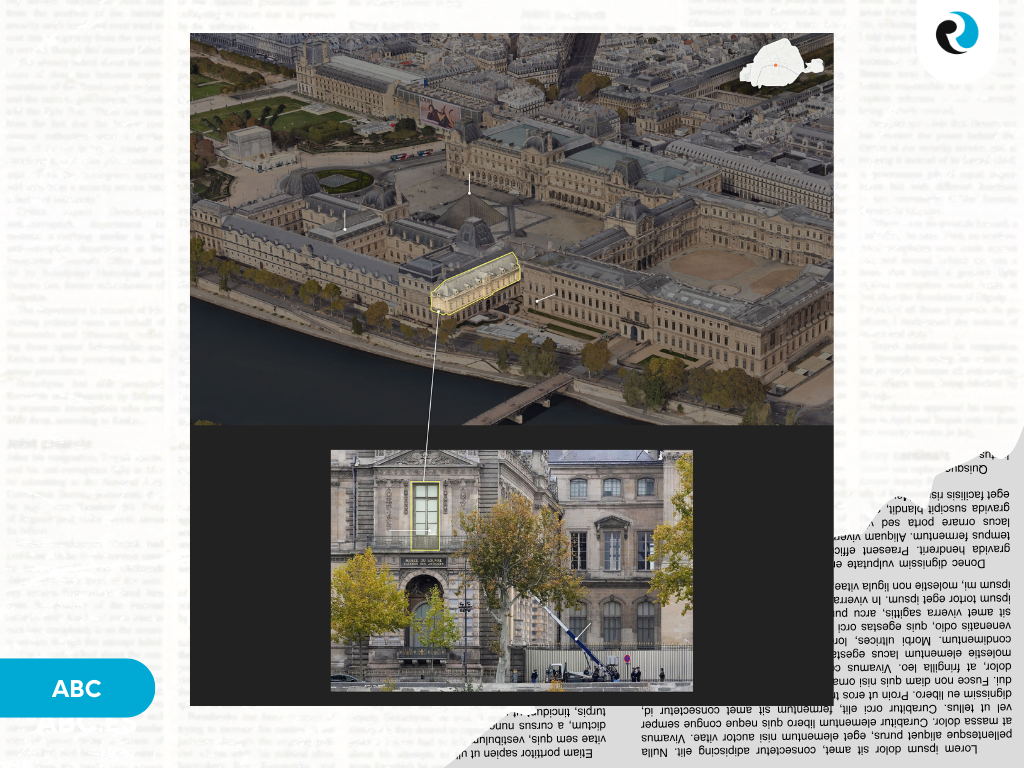
There were no casualties, but the blow was devastating: eight pieces of priceless historical value disappeared, including a pearl and diamond tiara belonging to Empress Eugenie, an emerald necklace belonging to Marie Louise—a gift from Napoleon—and a set of sapphires belonging to Queen Marie Amelia.
Only one jewel was recovered: the crown of Empress Eugenie de Montijo, found broken a few meters from the museum.
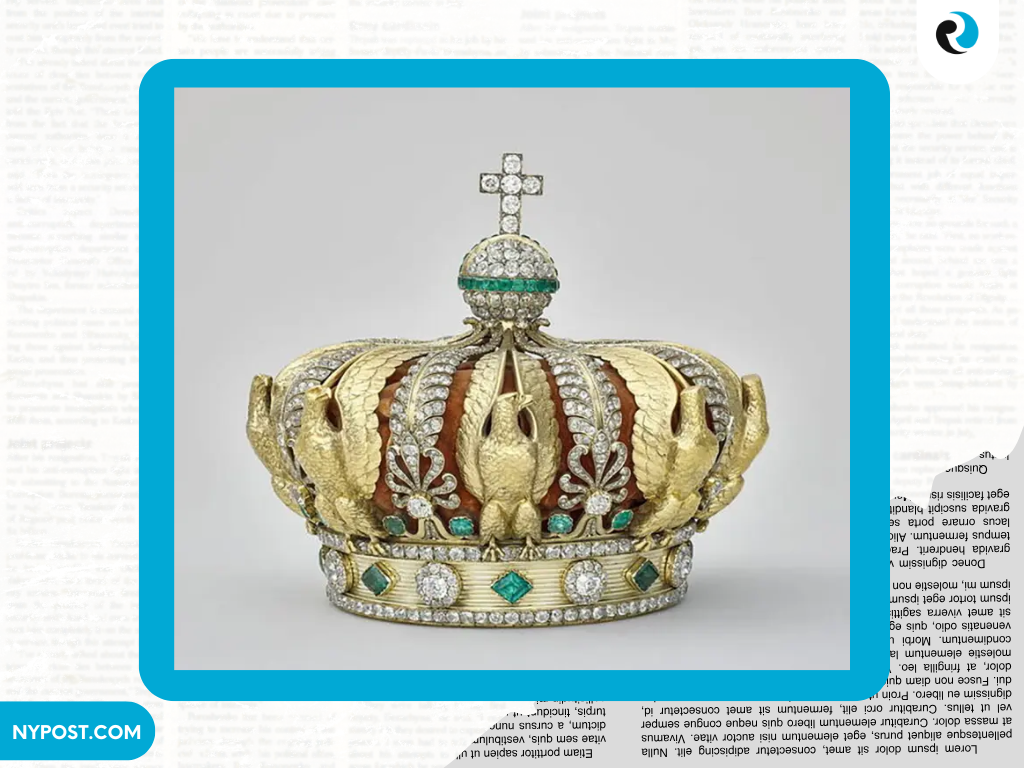
According to researchers, the group acted with millimeter precision.
The truck stopped in front of the museum minutes after it opened, in a traffic-restricted area. The attackers were wearing reflective vests, simulating maintenance work. Two climbed onto the platform and entered the gallery after cutting a window ; the other two guarded the perimeter.
Inside, they broke two armored display cases and took only the selected pieces. The alarms were triggered late, as they were already fleeing through the same window.
At 9:37 a.m., the sirens sounded ; a minute later, the four men fled on two T-Max scooters, leaving the truck behind, which they unsuccessfully attempted to set on fire.
In total, eight jewels disappeared. And France, which for centuries viewed the Louvre as a symbol of cultural greatness, suddenly discovered the vulnerability of its own myth.
A heritage that becomes evidence
The stolen jewels are not just luxury items; they are fragments of France’s political and cultural memory.
Among the missing pieces are a pearl and diamond tiara belonging to Empress Eugénie—the most emblematic jewel in Napoleon’s treasure—the emerald necklace and matching earrings belonging to Marie Louise, Napoleon’s wife, and a set of sapphires belonging to Queen Marie Amelia, set with more than 600 diamonds.
They also took the reliquary brooch of Empress Eugenie—made with Cardinal Mazarin’s diamonds—a large diamond bow, and a pearl necklace attributed to Queen Hortense.
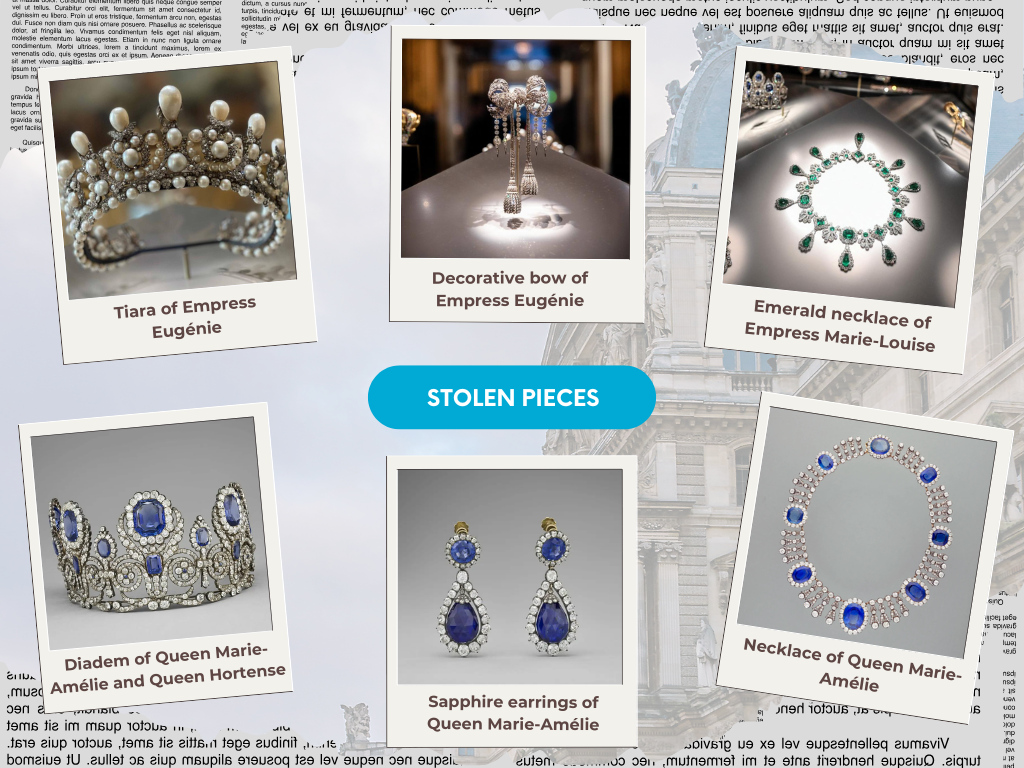
In total, eight historical pieces disappeared from the display cases of the Apollo Gallery. Only one was recovered: the crown of Empress Eugenie de Montijo, found broken near the museum.
Historian Stefano Papi, an expert in European royal jewelry, recalled that many of these pieces survived the French Revolution and the auction of 1887, when the Third Republic wanted to get rid of monarchical symbols.
“We are not talking about precious stones,” he said, “but about material history, about national identity.”
Their fate is uncertain. Art recovery experts, such as Chris Marinello of Art Recovery International, warn that if the perpetrators are not caught within the first 48 hours, the jewels could be dismantled and their gems sold separately. In that case, the damage would be irreversible.
The symbolic value of the attack outweighs the economic value: the thieves breached the world’s most visited museum, with 8.7 million visitors annually, without triggering a preemptive alarm or facing any resistance.
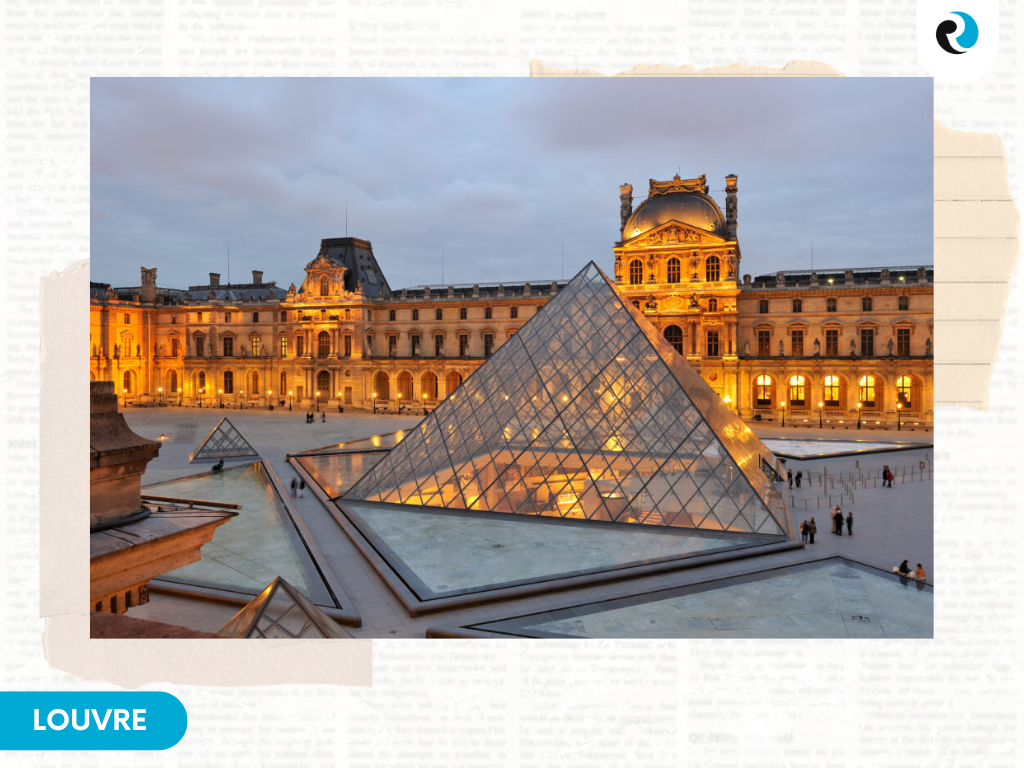
Failures that expose the system
The theft has exposed what many within the museum have been complaining about for years: an outdated security system and overburdened management.
The investigation points to a chain of human and technical errors. One of the Denon wing’s alarms had been disabled weeks earlier due to recurring failures, and the system wasn’t activated when the window was forced open, but rather when the burglars were already inside.
The Court of Auditors, in an audit leaked after the theft, confirmed what the unions had warned: a third of the Louvre’s galleries lack cameras, and its electrical and fire protection systems are seriously deficient. Despite an annual budget of €323 million, modernization is progressing slowly.
Workers recall that the museum closed due to a strike in June due to a lack of staff and resources to handle the 30,000 daily visitors. More than 200 security positions have been lost in the past fifteen years.
Interior Minister Laurent Nuñez ordered protocols to be strengthened in all museums across the country, while Justice Minister Gérald Darmanin bluntly acknowledged:
“We failed when someone managed to place a crane in front of the Louvre and steal jewels in seven minutes. It paints a sad picture of France.”
Louvre president Laurence des Cars, who took office in 2021, had warned Emmanuel Macron himself about the building’s deteriorating condition and lack of resources. Months later, the president launched the “Louvre Renaissance” plan, aimed at reorganizing spaces and strengthening security. “The Louvre is a symbol of France, a source of national pride,” he said at the time. Today, that phrase sounds like a premonitory warning.
Who could be behind the robbery?
French authorities are considering several hypotheses. The most solid suggests an organized crime group that acted with meticulous planning. Paris prosecutor Laure Beccuau confirmed that the theft was the work of “a perfectly coordinated group,” which took advantage of the renovations on the museum’s façade to easily access the Apollo Gallery.
Some witnesses claim to have heard the thieves speaking a foreign language, which has rekindled suspicions about the possible involvement of the “Pink Panthers”, a notorious gang originating in the former Yugoslavia, responsible for similar robberies in high-profile jewelry stores in London, Cannes and Paris.
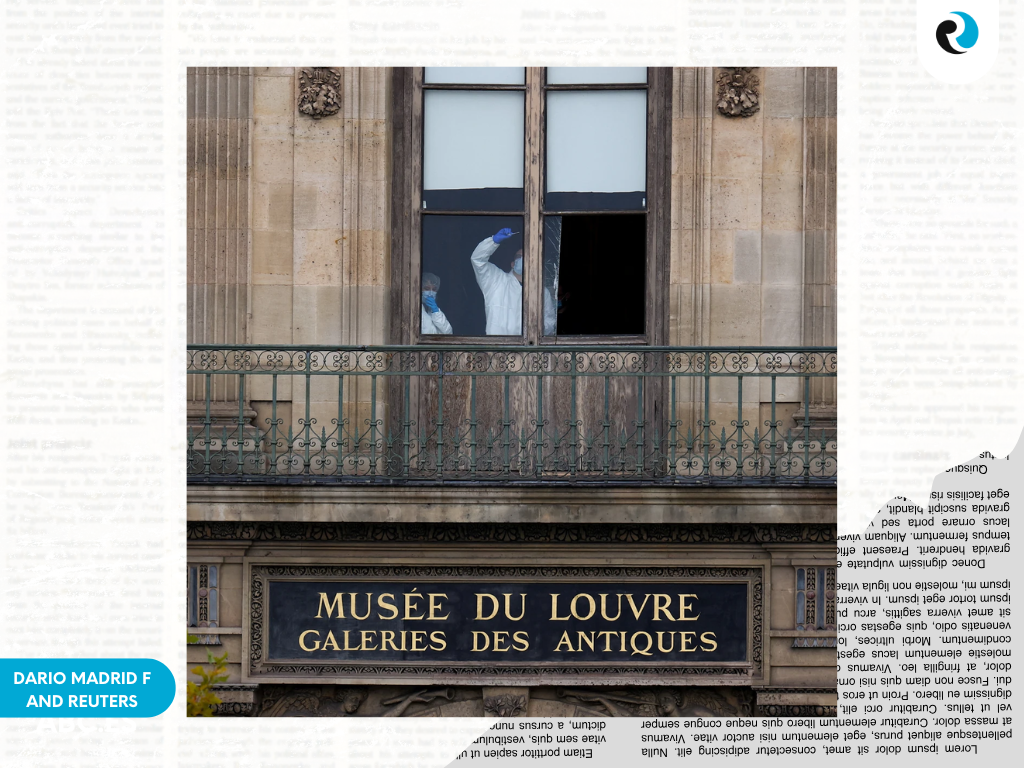
Their robberies are characterized by speed, precision, and an almost total absence of violence, a pattern that fits with the Louvre heist.
Other lines of investigation suggest that the defacement could have been commissioned by a private collector, which would increase the likelihood that the pieces remain intact.
However, the dominant hypothesis is more pessimistic: that the perpetrators plan to dismantle the jewels, melt down the metals and sell the precious stones separately to cover their tracks.
According to Chris Marinello, director of Art Recovery International, if the thieves aren’t caught within the first 48 hours, the jewelry “will likely be gone forever.” The black market for art and gems is extensive, and the pieces could be fragmented before leaving the country.
For now, the investigation is focusing on urban camera footage and forensic evidence found near the museum—including a helmet and a glove—while the judicial police and the Central Office for the Fight Against Trafficking in Cultural Property are trying to reconstruct the escape route.
The political impact
President Emmanuel Macron, already under pressure from political instability and the deterioration of his government, called the theft “ an attack on our history.” He promised to recover the jewels and strengthen security at the museums as part of the “Louvre Nouvelle Renaissance” plan, which includes a structural and technological renovation of the museum.
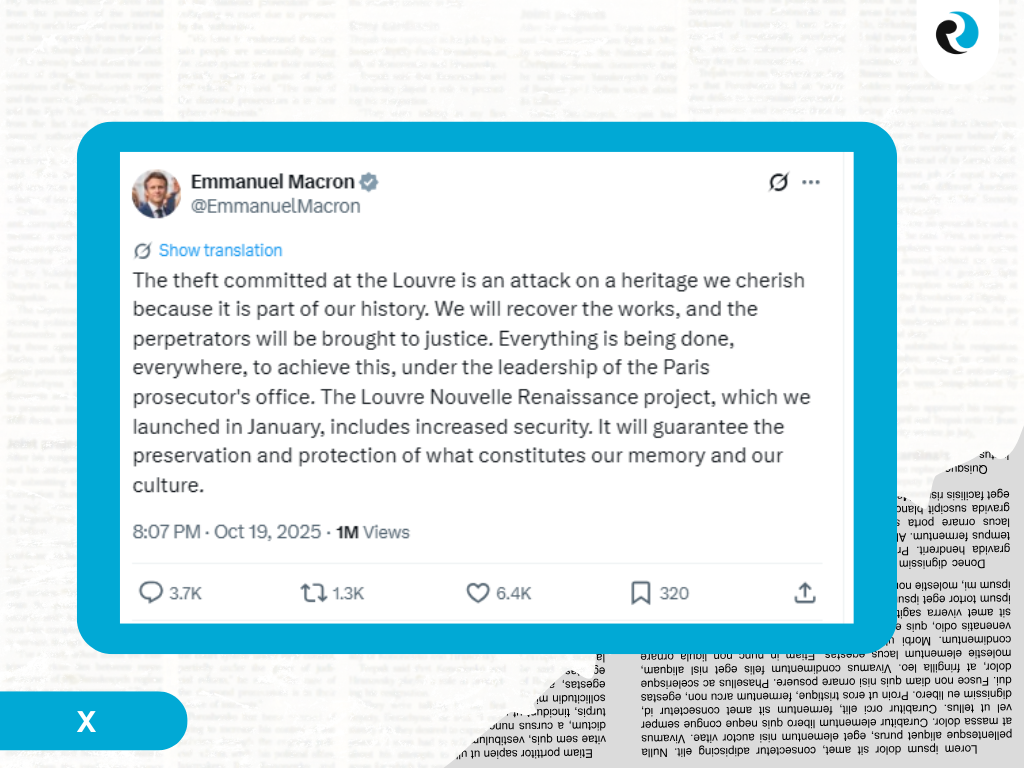
His carefully crafted speech was read by analysts as an attempt at political marketing: projecting control amid chaos.
But political reactions were not long in coming.
The right-wing opposition spoke of “ national humiliation ” and “ state scandal ”.
Marine Le Pen declared that it was “a wound in the French soul,” while conservative leader Éric Ciotti asserted that “when the State no longer guarantees the security of its treasures, the entire nation is threatened.”
Even the government acknowledged the reputational damage.
The Louvre, from symbol to vulnerability
For centuries, the Louvre represented the cultural greatness of France.
From monarchy to republicanism, from Napoleon to the Macron era, it was the stage where the country demonstrated its soft power to the world. Today, that image of strength is faltering.
The empty display cases of the Apollo Gallery are now an uncomfortable reminder that no heritage is without risk.
The episode exposes something deeper: the disconnect between the monumentality of the institution and the fragility of its internal structure.
The most prestigious museum on the planet has been reduced, for a moment, to what it was intended to protect: an exhibited work.
Reputation in crisis
The reputation of the Louvre—and of France— is already damaged.
Images of the smashed display cases spread around the world in minutes, amplified by headlines associating the theft with “state failure” and “cultural negligence.”
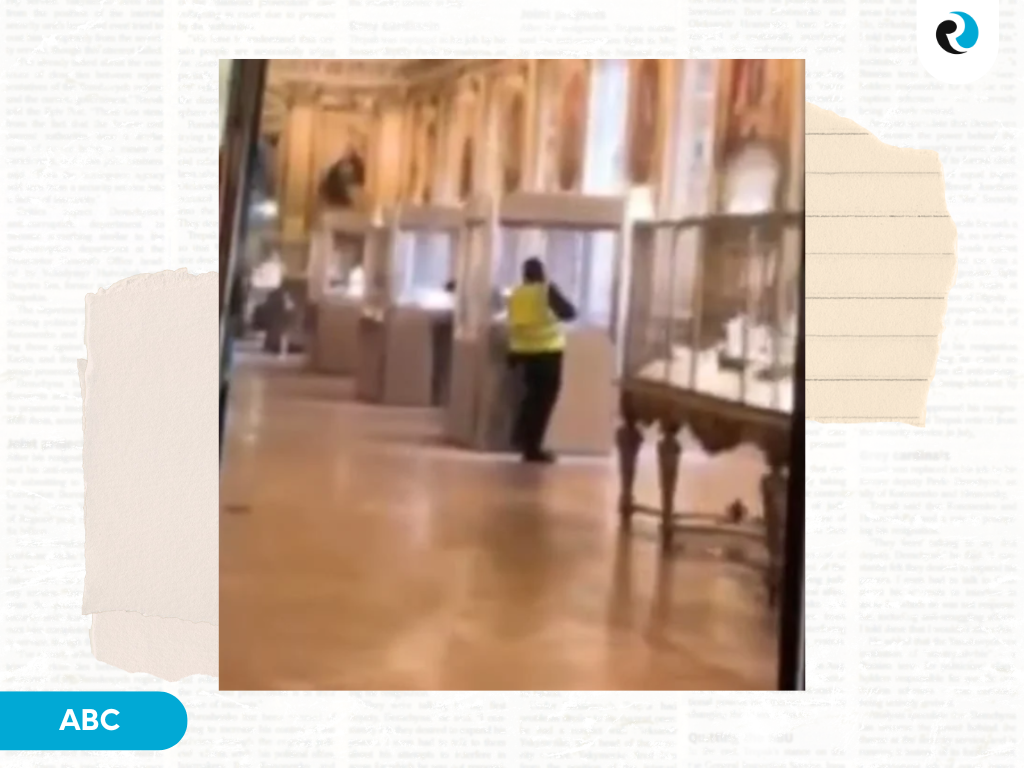
In a country that bases part of its global power on its heritage and the notion of excellence, the symbolic impact is enormous.
For many observers, this theft calls into question not only the security of French museums, but also the state’s ability to protect its own history.
Macron’s promises to strengthen surveillance come too late for a crisis-weary public. The Louvre, which has become a stage for its own vulnerability, also becomes a metaphor for a country that can no longer hide its flaws behind prestige.
A museum that, in terms of brand reputation, faces its biggest challenge since 1911, when the Mona Lisa disappeared.
A broken symbol
While the investigation continues, the Louvre remains closed to the public.
On its facade, between the glass pyramid and the frustrated tourists, the same question that runs through every French crisis persists:
How can we protect what represents a country when the country itself feels vulnerable?
The theft of the Napoleonic jewels is more than a crime against art.
It’s a blow to national pride, to the narrative of cultural power, and to France’s international reputation.
Authorities promise to catch the culprits, but the real challenge will be rebuilding trust in the institutions that failed in their duty to safeguard our common heritage.
And, beyond the police operation, there remains one question that France will have to answer to the world:
Will he be able to recover the jewels… or just his faith in his own system?
💬 What do you think? Do you think those responsible will be caught, or will this robbery go down in history?

